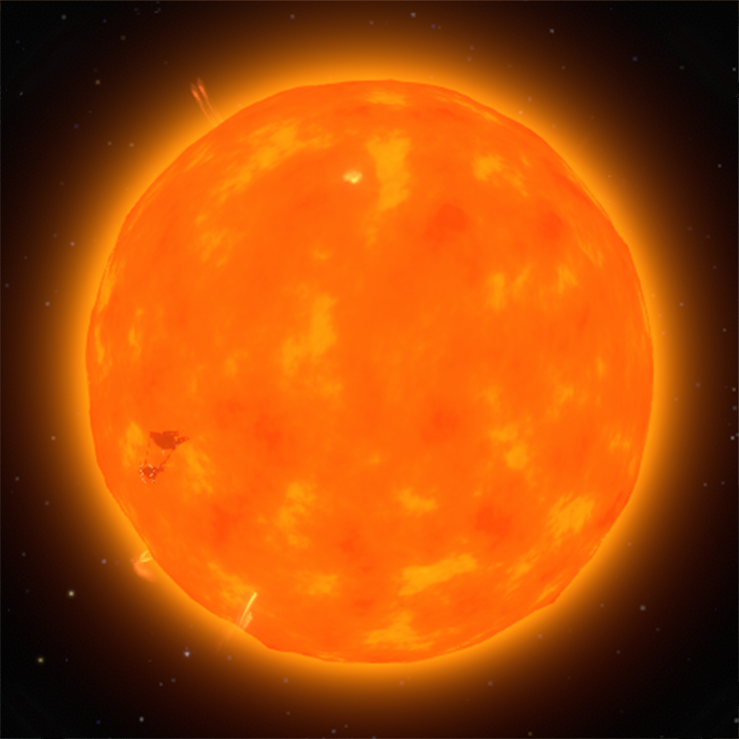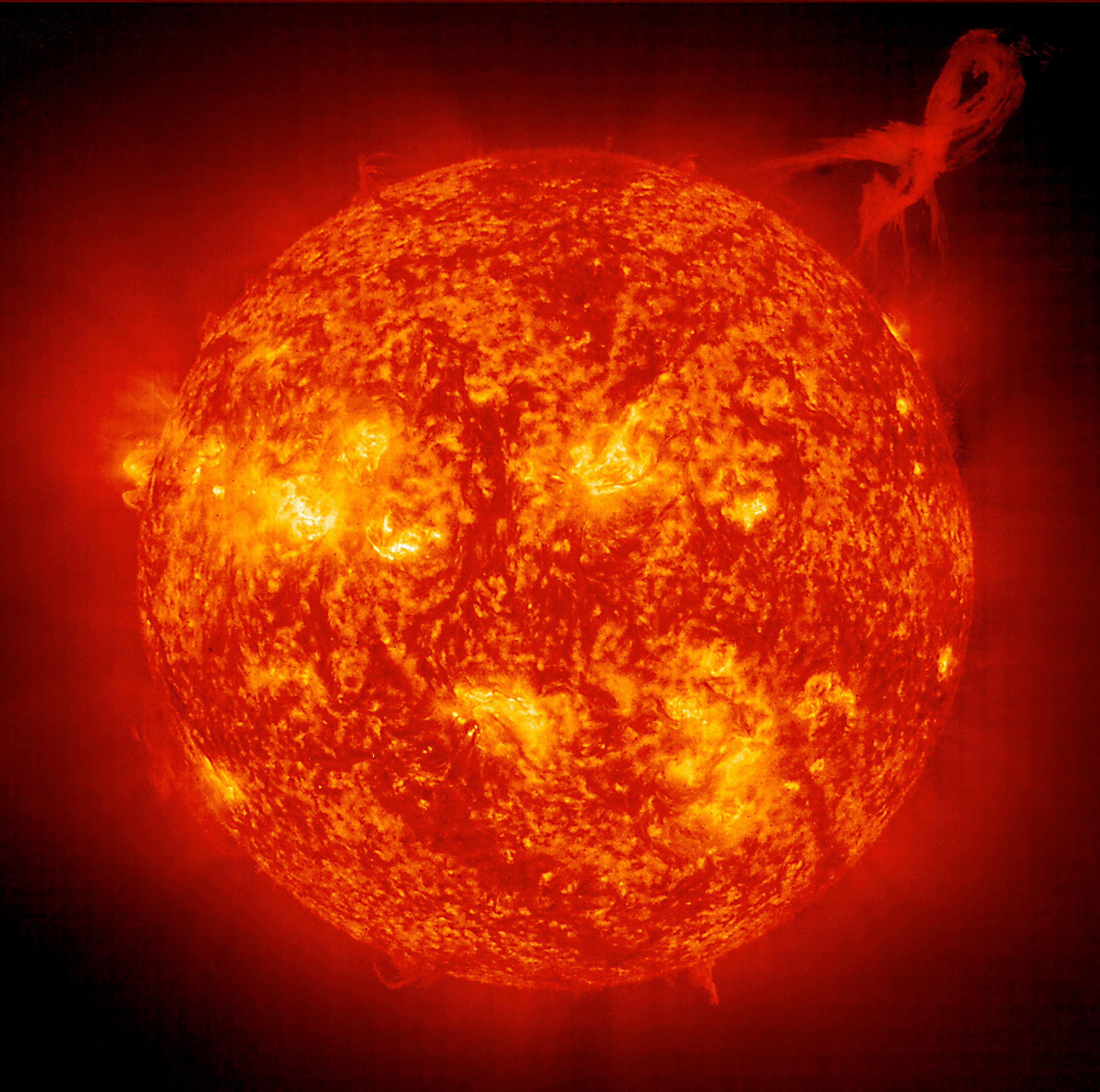Table of Contents
- The Sun - Official Outer Wilds Wiki
- 150Kb image
- BREAKING: இங்கிலாந்தில் ஆட்சி அமைக்கிறது தொழிலாளர் கட்சி -எத்தனை ...
- Fraser Cain, Author at Universe Today - Page 312 of 609
- கவர்ச்சி திட்டம் மூலம் நகைகள் சுருட்டல்... போலீஸ் விசாரணையில் வெளிவந்த ...
- மீண்டும் தமிழ்நாட்டில் தலைதூக்கிய வைரஸ்.. மாணவர்களுக்கு இறுதித்தேர்வில் ...
- Sun Fact Sheet
- எம்.எல்.ஏக்களை வாங்க ரூ.150 கோடி பேரம்; 4 பேர் கைது! | Sun News - YouTube
- Gabrielle Union Shares Sun Safe Tips And Beauty Advice | HuffPost
- Science Trek - Science Trek



Introduction to the Sun



Structure of the Sun



Significance of the Sun
The Sun's importance cannot be overstated. It is the primary source of energy for our planet, driving the climate and weather patterns that shape our environment. The Sun's energy is essential for photosynthesis, the process by which plants produce oxygen and organic compounds, supporting life on Earth. Additionally, the Sun's gravity holds our solar system together, keeping the planets in their orbits and maintaining the stability of the cosmos.
Interesting Facts about the Sun
The Sun is about 4.6 billion years old and has already burned through about half of its hydrogen fuel. The Sun is so massive that it makes up about 330,000 times the mass of Earth. The Sun's surface gravity is about 28 times stronger than Earth's, which is why it is able to hold onto its enormous atmosphere. The Sun's energy output is so vast that it emits about 3.8 x 10^26 watts of power, which is the equivalent of about 100 billion nuclear power plants. The Sun is a fascinating and complex celestial body that plays a vital role in our lives. From its structure and characteristics to its significance and interesting facts, there is much to learn and appreciate about our star. By exploring the Wikipedia page on the Sun, we can gain a deeper understanding of this incredible object and its importance in our universe. Whether you are a scientist, a student, or simply someone with a curiosity about the world around us, the Sun is sure to captivate and inspire.Keywords: Sun, solar system, star, energy, light, Wikipedia, structure, significance, interesting facts.